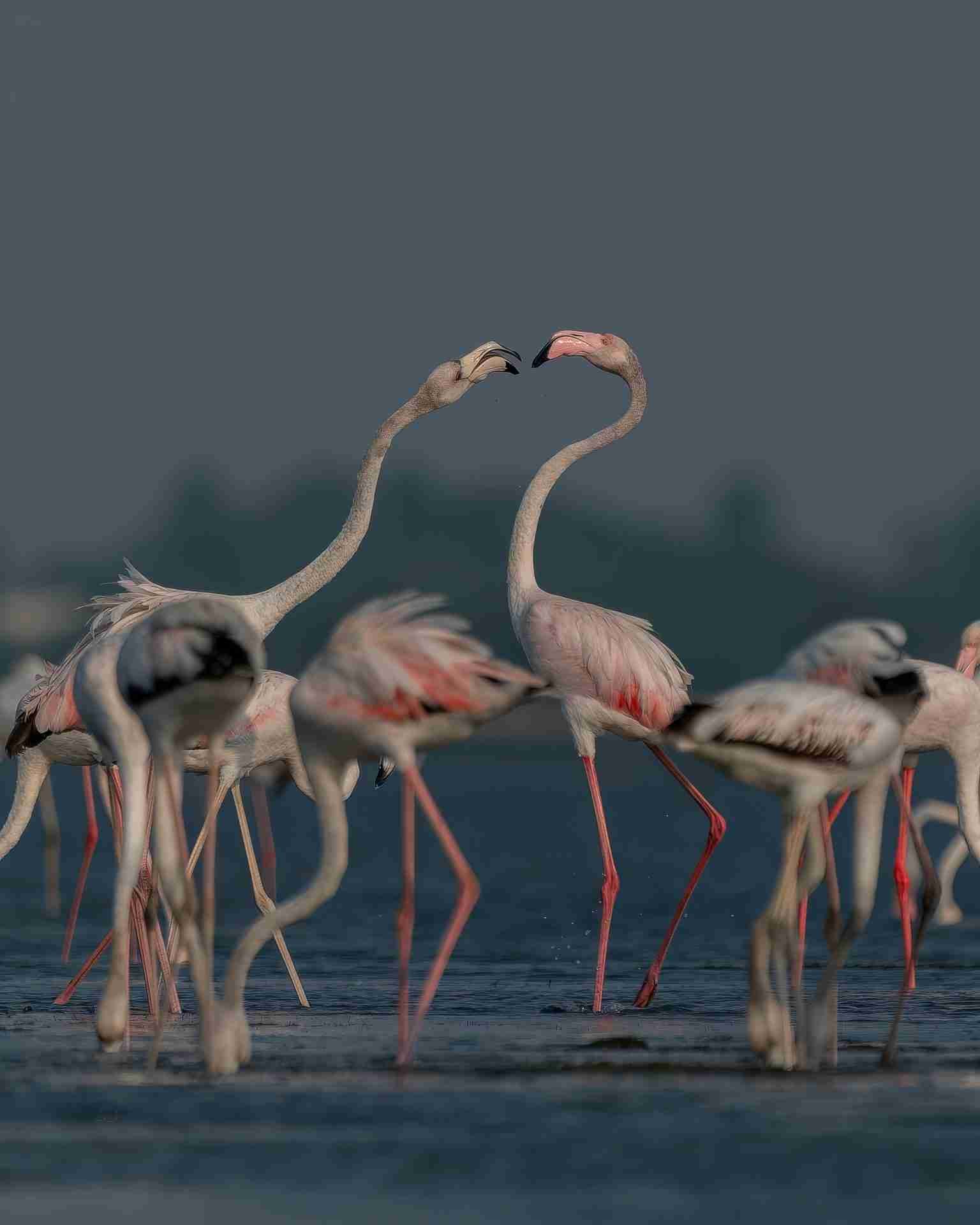Mindful Hiking: Discover the Art of Walking Meditation in Cyprus
Hiking is more than just a physical activity; it’s also a way to connect with nature, unwind, and clear your mind. But have you ever considered trying mindful hiking? By combining hiking with meditation, mindful hiking brings a calming focus to every step. In Cyprus, with its stunning trails and serene landscapes, it’s the perfect place to begin. So, let’s explore the beauty of mindful hiking, its benefits, and where to find the best trails for this peaceful journey.
What Is Mindful Hiking?
Mindful hiking is all about staying present as you walk. While you may let go of distractions, you instead focus on each step, breath, and sound around you. Instead of racing through the trail, you simply embrace a slower pace. Then, you can observe your surroundings, notice your breathing, and feel every step on the earth. So, with mindful hiking, each trail becomes an experience of inner peace.
Benefits of Mindful Hiking
- Reduces Stress and Anxiety
Mindful hiking helps you disconnect from daily worries. As you walk, the rhythm and fresh air calm your mind. Thus, you feel refreshed and centered.
2. Boosts Mental Clarity
When you are present in nature, your mind feels clearer. Without any distractions, you can better reflect and refocus. This practice often helps you make decisions more clearly and feel balanced.
3. Improves Physical Well-being
Hiking is already great exercise. When you do it mindfully, it becomes a full-body workout with added mental benefits. For instance, walking steadily, breathing deeply, and moving carefully can improve heart health, balance, and strength.
Top Trails for Mindful Hiking in Cyprus
Cyprus has breathtaking trails ideal for this practice. Here are some top recommendations:
- Cape Greco Nature Trails
Cape Greco’s trails offer sea views, wild herbs, and rocky paths. It’s ideal for mindful hikers looking to experience the coastal side of Cyprus. Moreover, as you walk here, you feel connected to both the land and the sea. - The Aphrodite Trail in Akamas Peninsula
This scenic trail is perfect for mindful hiking. The route offers stunning sea views, wildflowers, and quiet spots to pause and meditate. Also, if you start early, you can enjoy the peaceful morning light and fewer crowds. - Caledonia Waterfalls Trail in Troodos Mountains
Here, you can feel the cool mountain air as you walk this serene trail. Since the sound of flowing water adds to the meditative experience, this trail’s shaded paths and steady climbs are perfect for mindful steps. - Avakas Gorge Trail in Paphos
This unique trail leads you through a beautiful gorge with towering rock walls and a sense of mystery. So, with natural sounds and a cool atmosphere, it invites you to slow down and embrace each step.
These hikes provide a holistic adventure, blending physical activity with cultural enrichment and a deeper connection to the history of Cyprus. Whether you’re an avid hiker, a history buff, or someone seeking tranquility, these trails offer something unique for everyone.
How to Practice Mindful Hiking
To start, leave your phone on silent or, even better, off. Choose a trail where you feel safe and comfortable. Then, take a deep breath and feel the ground beneath your feet. Focus on each step, noticing the sounds, smells, and textures around you. Whenever your mind wanders, gently bring it back to the present. Therefore, each step you take is part of the meditation.
- Educational Experience: Learn about the island’s history firsthand by visiting ancient sites and understanding their significance.
- Physical Exercise: Enjoy a workout that combines the challenge of hiking with the excitement of discovery.
- Cultural Appreciation: Gain insight into Cypriot traditions, architecture, and religious practices.
- Mindful Relaxation: Engage in a reflective journey that connects you to the past, offering peace and a sense of timelessness.
Tips for Beginners
- Start Small: First, choose a short trail for your initial mindful hike. Gradually work up to longer hikes.
- Take Breaks: Find a peaceful spot to pause, breathe, and enjoy the scenery.
- Embrace Silence: Try not to speak. Embrace the natural silence and let it ground you.
Find Peace in Nature
Mindful hiking is a way to connect deeply with nature. Since Cyprus offers such diverse landscapes, it’s the perfect backdrop. So, try mindful hiking, and discover how each step can bring peace, focus, and joy.






